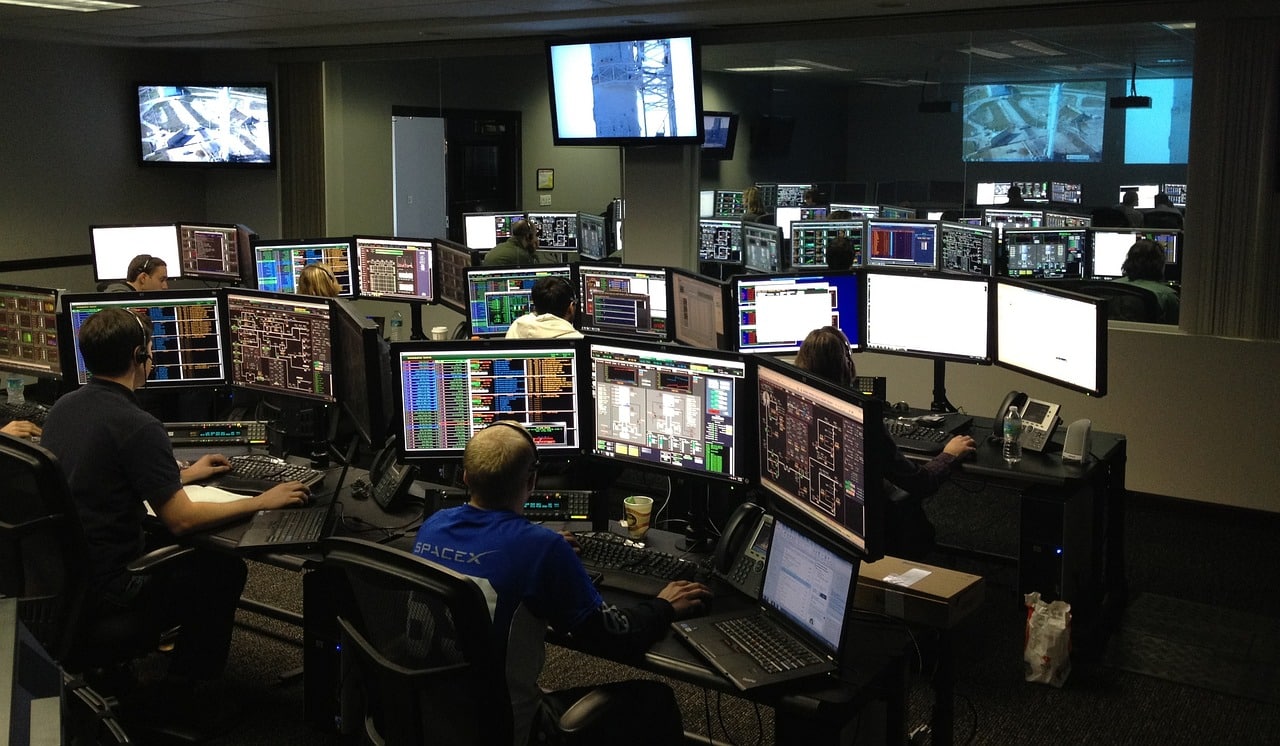
A monitor is a screen that makes it possible to display data.
Monitor is a term that can come from Latin or English, and in both cases it is written the same as in Spanish. Its use in our language, therefore, is very varied. On the one hand, it may be the person who guides cultural or sports learning. For example: "There is a child hit: please call the monitor," "The workshop monitor has taught us very innovative techniques for creating this type of work."
Other uses of the concept linked to trades or professions allow us to name the assistant of the physical education teachers, the slave who accompanied his master as an assistant and the subordinate who collaborated with the Roman orator in the forum.
A monitor is also an old warship that sailed almost submerged and had a small draft. These boats were very popular until the 19th century , when their use began to decline.
The monitor as a screen
Monitor can also be the screen that allows observing the parameters of a patient connected to a medical device . Heartbeats can be displayed graphically on a heart rate monitor, for example. The blood pressure monitor, blood glucose monitor and respiratory rate monitor also allow you to view important variables.
The most common meaning of the notion is that which designates the device capable of transmitting images taken from a video camera or other source . This is usually an output device that displays the results of processing performed by a computer .

To enjoy modern video games you need a gaming monitor with good resolution.
The historical evolution
The evolution of monitors in recent decades has been considerable, to the point of offering image clarity comparable to that of a printed sheet. When classifying monitors into categories, it is important to differentiate technologies (how they are made) from standards (what they are used for).
With respect to the technology used to manufacture monitors, the best known was CRT ( cathode ray tube ), developed in 1987 and with some validity even today, despite the appearance of LCD , LED and OLED , which They offer considerable energy savings, much higher image sharpness and are more comfortable to install and handle, given that they are much thinner and lighter.
Monitor standards
Let's see a brief review of the evolution of its standards, with IBM always at the forefront:
- MDA ( Monochrome Display Adapter ): se trata de los monitores monocromáticos. Aparecieron en el año 1981 , al mismo tiempo que la placa de video o tarjeta gráfica CGA , producida por IBM . Cabe mencionar que estas screens no permitían la representación de imágenes, sino que mostraban texto exclusivamente, el cual soportaba cursiva, negrita y subrayado. Como dato curioso, el característico color verde de su fuente solía producir irritación en los ojos.
- CGA ( Color Graphics Adapter ): presentados en el mercado el mismo año que los MDA , fueron los primeros monitores en soportar gráficos a color . Su objetivo principal, a diferencia de los MDA, era ofrecer una mejor experiencia de juego. Para llevar a cabo el procesamiento extra, sus tarjetas gráficas contenían 16 KB, cuatro veces más memoria que las usadas por los MDA .
- EGA ( Enhanced Graphics Adapter ): en 1984 , IBM presentó este nuevo estándar de visualización gráfica haciendo alusión a sus «mejoras» en el propio nombre (el término enhanced significa "improved" ). Contaban con el cuádruple de memoria que los CGA y soportaban un rango mayor de colores.
- VGA ( Video Graphics Array ): su lanzamiento en 1987 marcó un antes y un después, y lentamente dejó a sus antecesores en el olvido. Las tarjetas VGA normales contaban con 256 KB de memory de vídeo, y estos monitores eran capaces de desplegar hasta 256 colores en su mínima resolución (320 x 200 píxeles), o una mayor nitidez en modo texto en su máxima resolución (720 x 400). El punto medio, con la popular 640 x 480, combinaba texto y gráficos a 16 colores;
- SVGA o Super VGA : fueron lanzados en 1989 en diferentes versiones con el objetivo de superar las resoluciones posibles en los VGA (comenzando por 800 x 600). Aparecieron las primeras tarjetas gráficas de ATI y NVIDIA para acompañar el nacimiento de un estándar que gozaría de un gran success durante unos años.

Monitor calibration involves adjusting variables such as brightness and contrast.
Various uses
Taking into account that a monitor is a device that displays images taken by a camera or from a computer, there are various uses for these devices.
A security camera connected to a monitor allows control and surveillance tasks to be carried out. It is even possible to create closed circuit television (CCTV) to optimize monitoring.
Thanks to the Internet, remote monitoring can be developed. In this way, images from a camera located at location X can be observed from a monitor located at location Y or even from the screen of a phone.
This remote viewing also opens the possibility of telehealth or telemedicine . A doctor sitting in front of a webcam or phone camera can interact with a patient in another location who observes him through a monitor, enabling digital health care.
